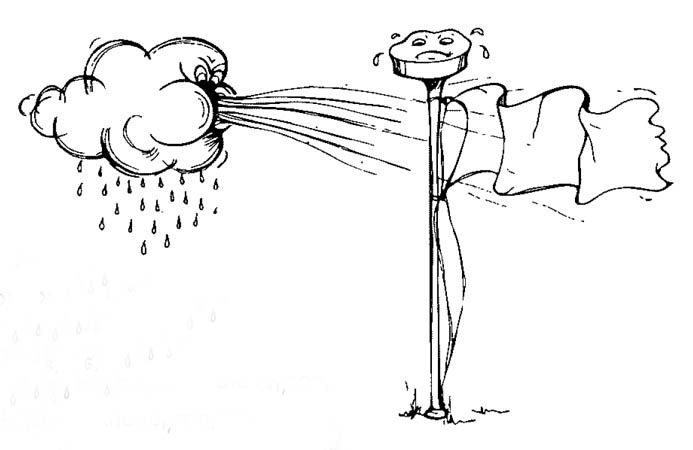Flag Care and Life
A flags life is determined by exposure UV rays and high winds which breakdown fibres in flags, particularly along sewn edges. Use the following tips to maximise your flag's life:
Avoid Strong Winds: bring your flag down when strong winds are forecast, to avoid excessive wear and early damage.
Rest Overnight: flying the flag overnight almost doubles exposure to winds, unless required take flags down at dusk and raise at dawn.
Select the right material: woven polyester fabric is more durable to withstand strong winds. Knitted polyester flies best in light to moderate winds.
Flags must fly freely: ensure flags fly clear of buildings and other objects to avoid wear from rubbing.
Expected Life: flags flown continuously last 3 - 9 months, but can last up to 2 years if brought in at night and out of strong winds.

The life of a flag is determined by several factors, including exposure to UV rays and high winds, which can cause fiber breakdown along sewn edges. Here are some helpful tips to maximize your flag's lifespan:
Avoid Strong Winds: If strong winds are forecasted, bring your flag down to prevent excessive wear and damage. This will prolong your flag's lifespan and prevent the need for early replacement.
Rest Overnight: Leaving your flag flying overnight can almost double its exposure to wind. If possible, take your flag down at dusk and raise it again at dawn. This will minimize exposure to harsh winds, increasing its lifespan. When not in use, your flag should be stored in a cool, dry place away from direct sunlight.
Select the Right Material: Choosing the right fabric is crucial to ensure that your flag can withstand strong winds. Woven polyester fabric is more suitable to endure high winds, whereas knitted polyester is best suited for light to moderate winds.
Allow the Flag to Fly Freely: Flags should be hung in an area where they can fly freely, without coming into contact with other objects or buildings. This will prevent wear and tear, ensuring a longer lifespan for your flag.
Keep it Clean: Dirt, dust, and pollutants can all contribute to the deterioration of the flag fabric over time. Regularly washing your flag with a mild detergent and allowing it to air dry can keep your flag looking its best.
Replace When Necessary: Even with proper care, flags will eventually become worn and tattered. When this happens, it is time to replace the flag with a new one.
Flags flown continuously can last between 3-9 months, but taking your flag down at night and in strong winds can extend its lifespan up to 2 years. By following these guidelines, you can ensure that your flag lasts as long as possible.

